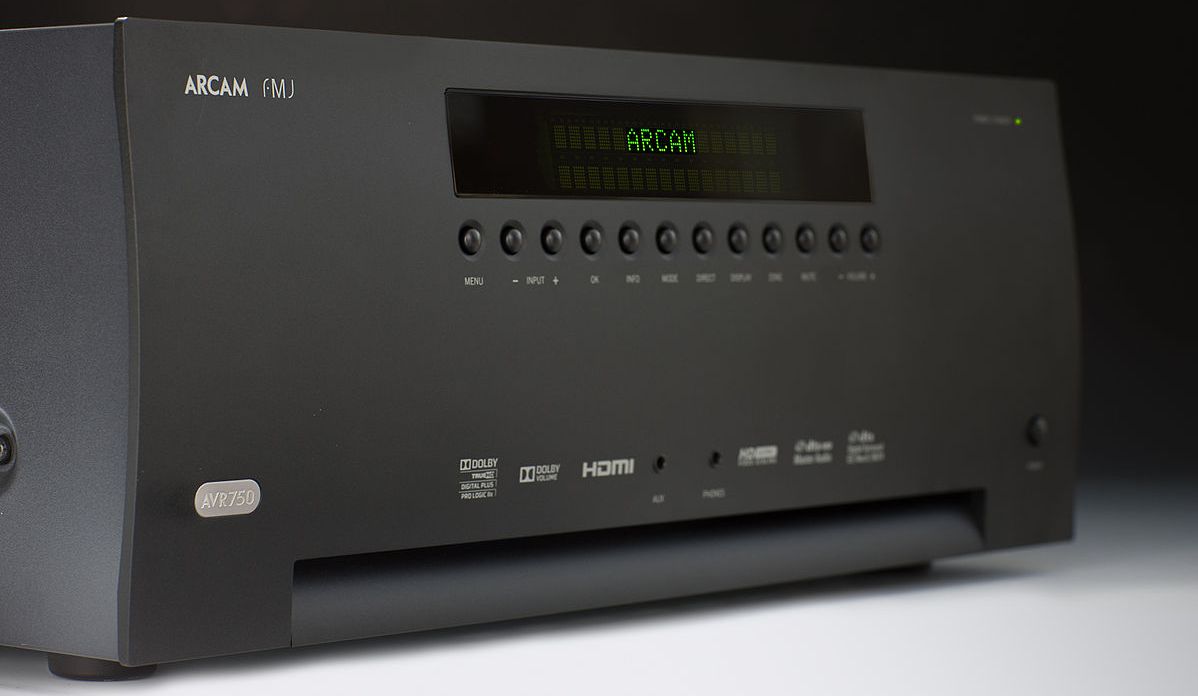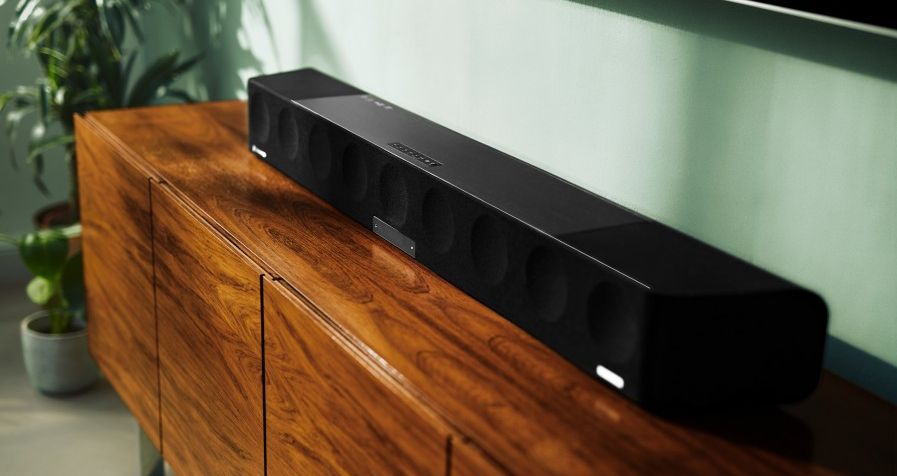We all love to snuggle up at home and watch our favorite movies or shows on a home theater set up. It's something that thousands of people do every day. But there are certain elements that are often required to make your home theater experience work for you. This is where an audio/visual receiver comes in. So what is an audio/visual receiver, and do you really need one?
What Is An AV Receiver?
An audiovisual receiver (also known as an AVR) is both an amplifier and an audio/video switching device, which essentially acts as the center of your home theater. AVRs control the most important elements of your home theatre: what you see and what you hear.
Think of your average home theater. It might have a DVD player, a Blu-Ray player, an Apple TV hub, or a set of speakers. And, of course, it'll have a TV. An AVR can be hooked up to any and all of these devices and receive various signals from them. The AVR then coordinates these signals and sends them to the right output locations.
An example of how an AVR works can be explained by considering your everyday DVD player. The AVR receives signals from the DVD player, then directs the audio signals to the speakers and the visual signals to the television. Think of it as the brain of the home theater!
AVRs are nifty little devices indeed and have helped thousands of people create an effective home theater. But have they become redundant? Well, to answer that question, we need to take a look at how the most modern home theaters work.
Do You Need An A/V Receiver?
AVRs certainly used to be the go-tos for home theaters. But these days, that isn't the case, and there's a number of reasons why.
Firstly, the way in which we watch movies and TV shows has changed so much over the past decade. Now, you don't have to watch YouTube on a laptop, the news using cable, or films using a DVD player. Now, it all comes in one convenient package in the form of a smart TV.
You probably know what a smart TV is, and you might own one. Smart TVs allow you to watch streaming services, cable TV, websites, listen to music, and more, without needing any external devices. All you really need is a solid internet connection. This effectively renders external devices such as DVD players useless.
In this case, there's really no need for an AV receiver, as there aren't many different external devices that require a connection. You'd be better off with a nice set of speakers if you want some good surround sound, or you could look into soundbars.
Soundbars are essentially long column-shaped devices that contain a number of speakers lined up next to each other. While home theater speakers create surround sound, soundbars can provide virtual surround sound with just one cable that hooks up to your TV.
While some soundbars can cost over a thousand dollars, you can grab a great one for a lot less. BOSE and Samsung both have great soundbars ranging from $150 to $600.
Of course, if you have a traditional television and like to use a DVD player, Apple TV, Blueray player, or anything similar, an AV receiver is still a very useful option for you and your home theater.
For The Future Of TV, Fewer Wires And Devices Is the Way To Go
It makes sense that the improvement of home entertainment would involve a much sleeker and more effective setup. After all, nobody likes tangled wires and one device stacked on top of the other. So, while AV receivers are useful for some, they most likely won't be too popular in the coming decades.




